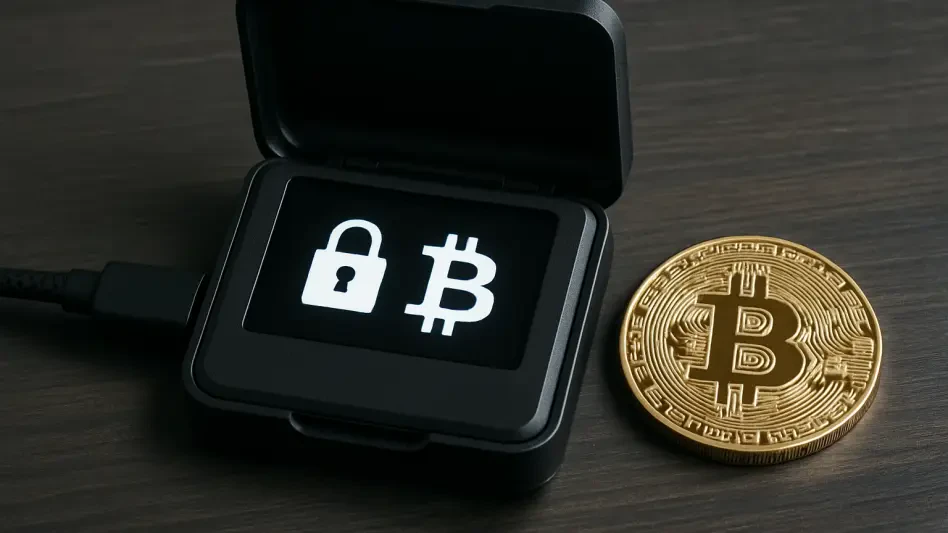Imagine receiving a text message that appears to be from your bank, urgently requesting you to click a link to secure your account, only to later discover that it was a cleverly disguised scam draining your savings. This scenario is all too common in India, where SMS-based fraud has surged, exploiting millions of unsuspecting mobile users. The Telecom Regulatory Authority of India (TRAI) has stepped in with a groundbreaking directive to address this pressing issue, introducing mandatory pre-tagging of SMS variables to curb phishing and fraudulent activities. This initiative marks a significant overhaul of the commercial communication framework, aiming to protect consumers from malicious links and fake contact details embedded in messages. By tackling long-standing vulnerabilities in SMS templates, TRAI is paving the way for a safer digital communication landscape, ensuring that critical sectors like banking and government services are shielded from brand spoofing and misuse.
Strengthening SMS Security Framework
New Rules for Variable Tagging
TRAI’s latest directive introduces a stringent requirement for pre-tagging all variable fields in commercial SMS templates, addressing a critical weak spot that scammers have long exploited. These variable fields, which include dynamic content like URLs, one-time passwords (OTPs), and callback numbers, have often been used to insert unverified and harmful content, bypassing existing safeguards. Under the new rules, specific tags such as #url# for links, #cbn# for callback numbers, and #numeric# for OTPs must be applied to ensure that no untagged content slips through the cracks. This measure comes after previous attempts to enforce tagging fell short due to inconsistent implementation by Access Providers. The focus now is on creating a robust system where every piece of dynamic content is accounted for, leaving little room for fraudulent manipulation. This structured approach is expected to significantly reduce the incidence of phishing attacks that rely on deceptive SMS content to trick users into compromising their security.
Validation and Enforcement Timelines
Alongside the tagging mandate, TRAI has outlined rigorous validation processes and strict timelines for compliance to ensure the new rules are effectively implemented. Access Providers are required to verify dynamic content against pre-approved lists within a tight 30-day window, while new SMS templates must adhere to tagging rules within just 10 days of the directive’s issuance. For existing templates, a 60-day period post-scrubbing launch has been allocated to allow for necessary adjustments. Initially, a 60-day logger mode will monitor non-compliant messages without blocking them, providing a grace period for adaptation before transitioning to full enforcement where invalid messages are outright rejected. This phased approach balances the need for immediate action with the practical challenges of updating systems across a vast network of providers and businesses. Principal Entities are also held accountable, with providers tasked to notify them of template issues and urge swift correction to maintain compliance.
Building a Safer Digital Ecosystem
Impact on Phishing and User Trust
The introduction of mandatory SMS pre-tagging is poised to deliver a substantial blow to phishing schemes that have plagued Indian mobile users for years, eroding confidence in digital communications. By ensuring that only verified and tagged content reaches consumers, TRAI’s directive aims to prevent the distribution of malicious links and fake numbers often disguised as legitimate alerts from banks or government bodies. This is particularly crucial for sectors where trust is paramount, as fraudulent messages mimicking official communications have led to significant financial losses and data breaches. The enhanced security measures are expected to rebuild user confidence, encouraging reliance on SMS for essential notifications without the looming fear of scams. As a result, millions of users can engage with critical services more securely, knowing that the messages they receive have undergone stringent checks to filter out potential threats.
Long-Term Vision for Communication Safety
Looking beyond immediate impacts, TRAI’s comprehensive strategy reflects a forward-thinking vision to create a fraud-resistant messaging framework that anticipates future challenges in digital communication. The combination of mandatory tagging, systematic scrubbing, and phased enforcement demonstrates a multi-layered approach to tackling SMS fraud at its root. While the initial rollout may pose logistical hurdles for Access Providers and businesses adapting to the new protocols, the long-term outlook remains promising, with a cleaner and more transparent SMS ecosystem on the horizon. Over the next 90 days, operators are expected to overhaul their practices and submit detailed compliance reports, marking a pivotal transition toward heightened security standards. This directive not only addresses current vulnerabilities but also sets a precedent for proactive regulation, ensuring that as technology evolves, so too do the mechanisms protecting users from emerging threats in the digital space.
Reflecting on a Milestone in Digital Safety
Looking back, TRAI’s decisive action to mandate SMS pre-tagging stood as a defining moment in the fight against fraud in India’s digital communication landscape. The implementation of strict validation processes and structured timelines underscored a commitment to eliminating exploitable gaps that scammers had long targeted. Key achievements included a marked reduction in phishing attempts and a bolstered sense of trust among mobile users who relied on SMS for vital interactions. As the initiative unfolded, the focus shifted to sustaining this momentum through continuous monitoring and adaptation to new threats. Stakeholders were encouraged to collaborate closely, ensuring that compliance remained a priority while exploring innovative tools to further enhance security. This pivotal step not only addressed immediate concerns but also laid a foundation for future safeguards, promising a more resilient environment for digital engagement across the nation.








